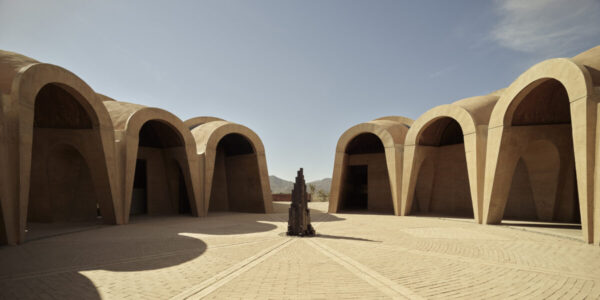
Learn How to Bamboo
When it comes to plants with impact, bamboos have no equal. They can grow 4 feet in one day, screen from view a neighbor’s looming two-story house within a few years, or transform a traditional backyard into an exotic retreat.
True, some rampant growers, like golden bamboo (Phyllostachys aurea), send out runners into every corner of the garden and beyond; they’ve given the bamboo clan a bad rap. But the number of garden-worthy species has continued to expand, thanks to a handful of passionate collectors and specialty nurseries that have introduced species from Africa, Asia, Australia, and South America.
This diverse group of true grasses, native to tropical and temperate rain forests as well as dry chaparrals, contains more than 1,000 species. Plants range from short groundcovers to 55-foot-tall giants. Some grow in tight, upright clumps, others in graceful, arching clusters. Still others send up widely spaced stems (also called culms) and form open groves you can wander through. Leaves may be short and cluster like fluttering butterflies around the nodes―the ringlike joints along the stems―or they may grow more than a foot long.
There’s a bamboo suited to almost every Western climate. Some are very hardy (to –15° or –20°); others are damaged at 20°. Varieties that grow as understory plants in nature prefer shade, while others thrive in full sun. Running bamboos can form beautiful groves; clumpers make dramatic focal points. Use the guide to choose a bamboo that’s right for your garden.
Plant bamboo in rich, well-drained soil. Water deeply and regularly (when the soil is just slightly damp to the touch about 4 inches below the soil surface). Apply a high-nitrogen fertilizer two or three times a year between spring and fall, or according to package directions. Any lawn fertilizer will do (such as a 16-6-8 formulation). To create open groves, thin out some old stems once plants are well established. To produce the largest stems on established plants, cut out the thinnest, weakest new shoots each spring.
Sources
To order bamboo by mail, try these sources.
Bamboo Garden Nursery (503/647-2700)
Bamboo Gardener (206/782-3490)
Bamboo Giant (831/ 687-0100)
Bamboo Headquarters (760/758-6181)
Bamboo Sourcery (707/823-5866)
Horseshoe Nursery (208/793-4121)
